Unfortunately, gluten causes immense health conditions such as incessant bloating and diarrhea. For this reason, dieticians vehemently advise against the ingestion of any gluten-rich food. That leads us to the meat of the matter, is rice gluten-free?
Is Rice Gluten Free?
Fortunately for all rice lovers out there, natural rice contains no gluten. Therefore, if you’re gluten-sensitive, such rice is an irresistible diet for you. However, some rice manufacturers may add gluten-rich ingredients during processing.
For instance, the producer may add some types of sauces that may contain hidden gluten. For this reason, the consumer must check out the manufacturer’s details imprinted on the package.
Types of Rice
Technically, types of rice depend on different features such as grain size, color, and flavor. Currently, we categorize rice into 5 broad types namely;
1. Refined Rice
As the name suggests, this is the kind of rice that has undergone intense milling. Manufacturers remove the bran so that they only remain with the endosperm. Factually speaking, the endosperm is the part that contains vital nutrients such as vitamins, starch, and other rare minerals.
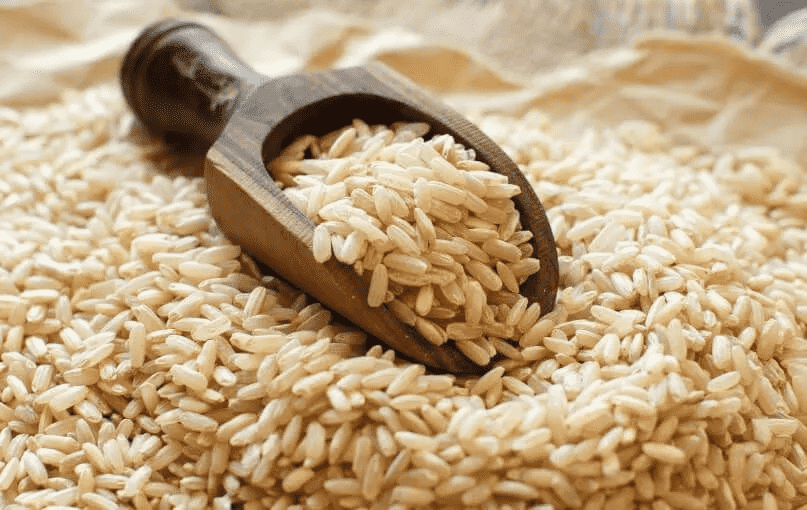
2. Long Grain Rice
Unlike short grain rice, this is relatively slender and has longer grains. Notable examples of long rice are basmati and jasmine rice. You’ll realize the grains of rice become fluffier the more they cook.

3. Medium Grain Rice
The grains of medium rice are broader and shorter than those of long grain rice. The best brands of medium rice include Valencia, Bomba, and Calrose. If you dislike hard rice, medium rice suits you best as it is tender and less chewy when cooked.

4. Short Grain Rice
The grains of short grain has an average size of fewer than 5.5 meters. Additionally, the grains tend to be much broader. When you cook this type of rice, you’ll notice that it takes a long time to cook. Not to mention that it’s relatively chewy and tastes like nuts.
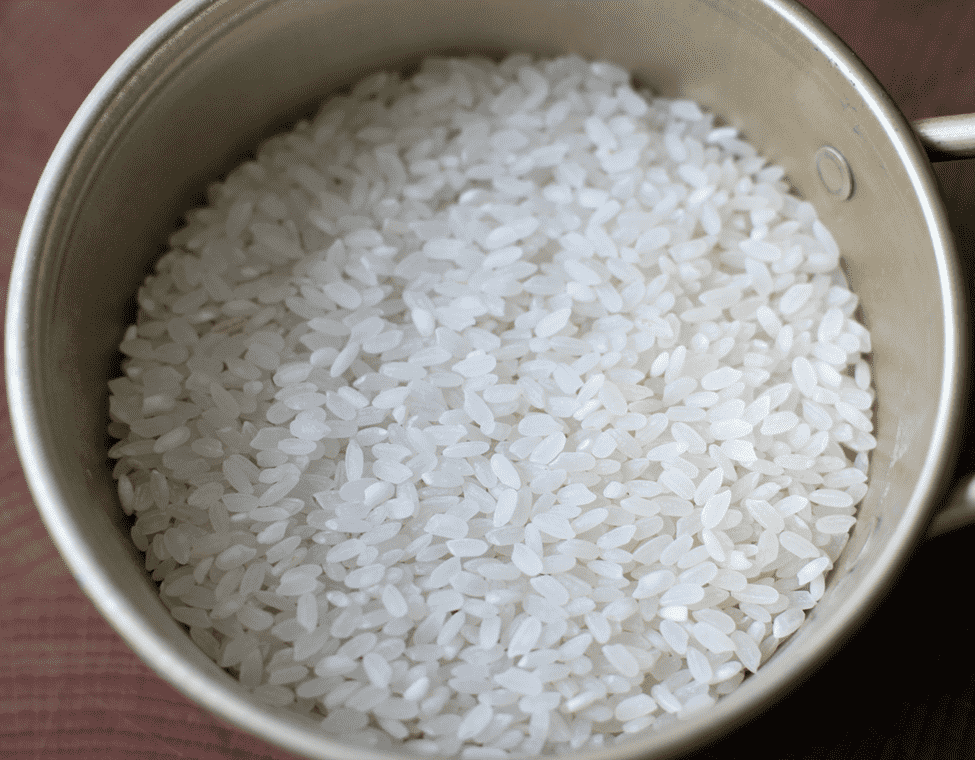
5. Brown Rice
As you can rightly guess, this type of rice is brown and hasn’t undergone milling. Nutritionists opine that brown rice is way more nutritious than white rice. Remember that it contains more vitamins and nutrients such as fiber, proteins, and fat.
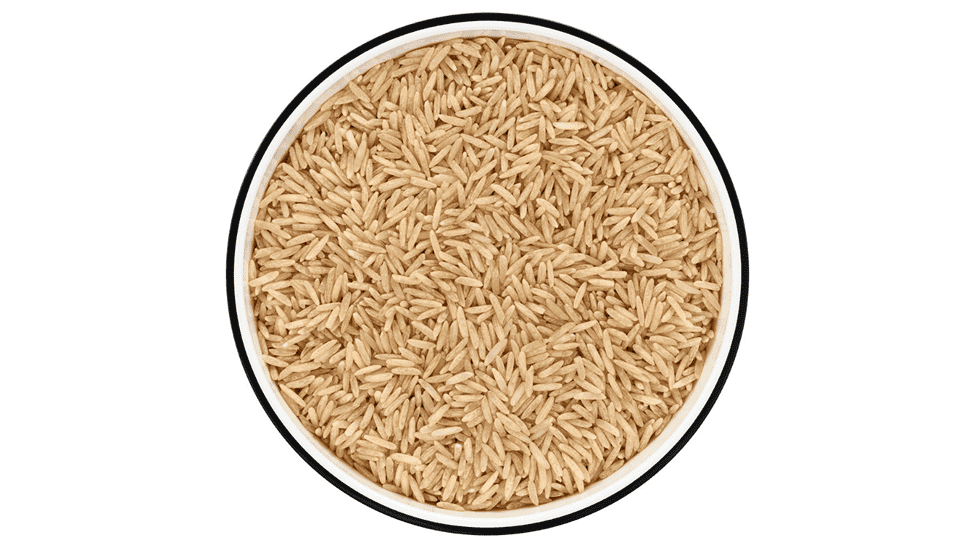
Modern Varieties of Rice
You probably see tens of varieties of rice wherever you go shopping. Now is the best time to discuss some of the most common varieties that nutritionists recommend for your consumption.
1. Riceland Rice
Americans can agree that Riceland is the most popular rice brand in the US and beyond. Unknown to some, this brand is white rice with a grain size of fewer than 5.5 millimeters. Usually, Riceland rice contains nutrients like carbohydrates as well as potassium.
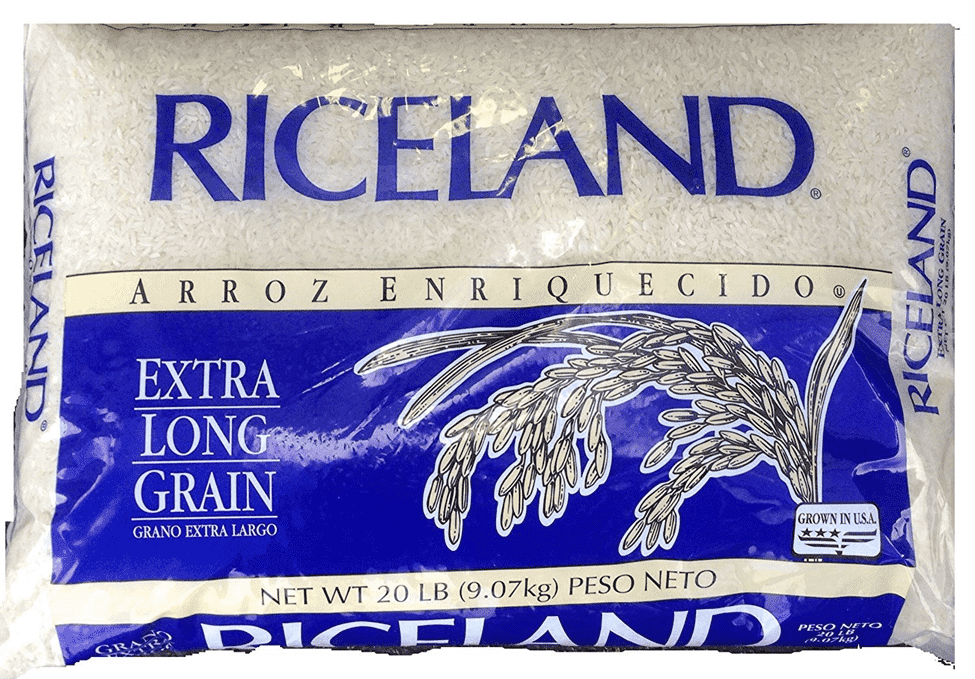
2. Basmati Rice
Basmati rice has to be the healthiest rice as it comprises the endosperm, bran, and germ. Additionally, it contains vital nutrients such as fat, fiber, calories (210), and proteins. The basmati rice grains become relatively soft when cooked. Not to add that it lets out a rare aroma when cooked.
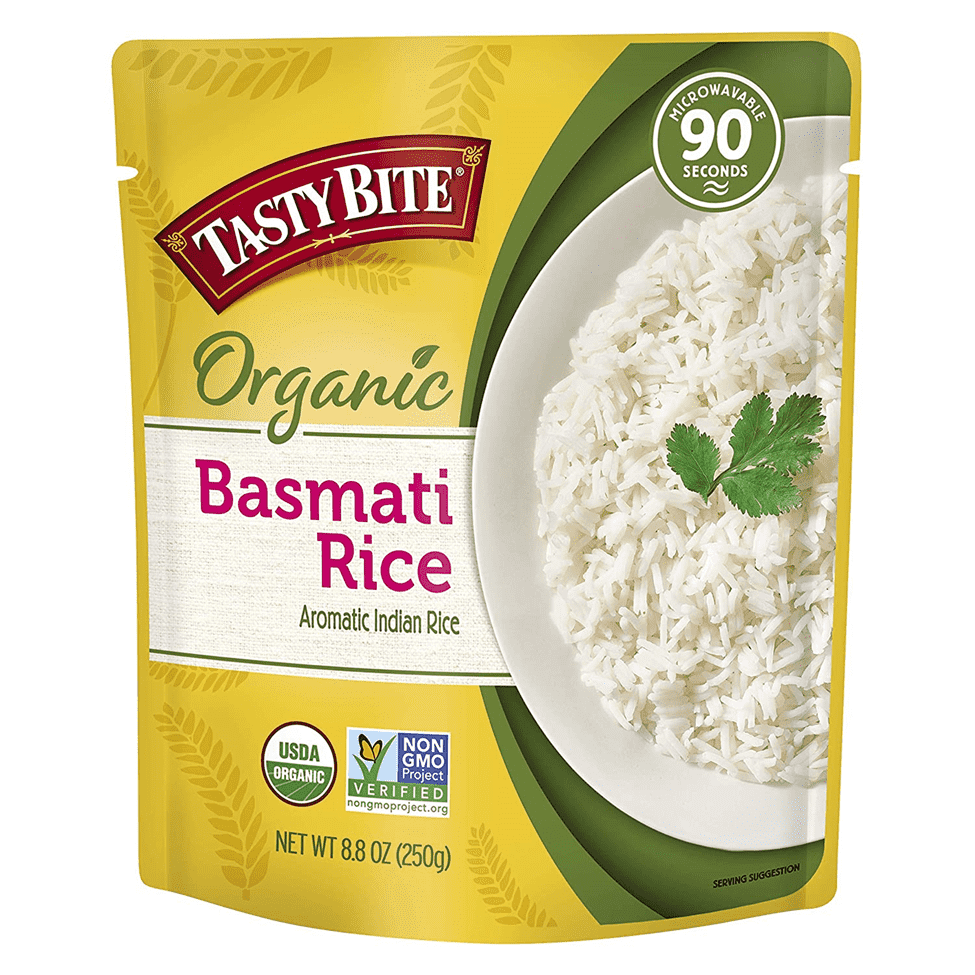
3. Arborio Rice
Roland foods do not mill this type of rice to ensure it remains as nutritious as ever. Thankfully, Arborio rice exists in different types namely; brown and white rice. Interestingly, this type of rice expands thrice when cooked, hence an economical option for your family.
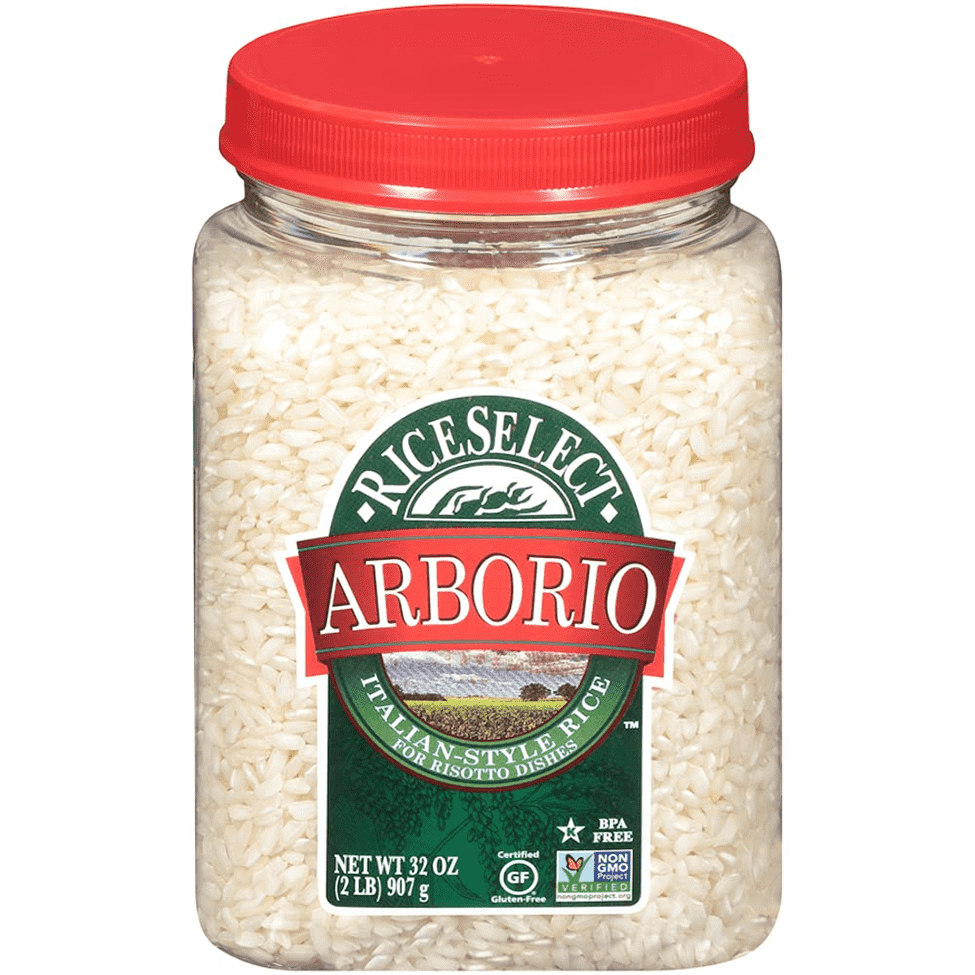
4. Jasmine Rice
The grains of this rice are thin and long as it’s long-grain rice. Normally, Jasmine has an amazingly soft and fleece texture when cooked. Unlike other varieties, Jasmine contains numerous nutrients like calories (160), carbohydrates, fiber, and proteins.
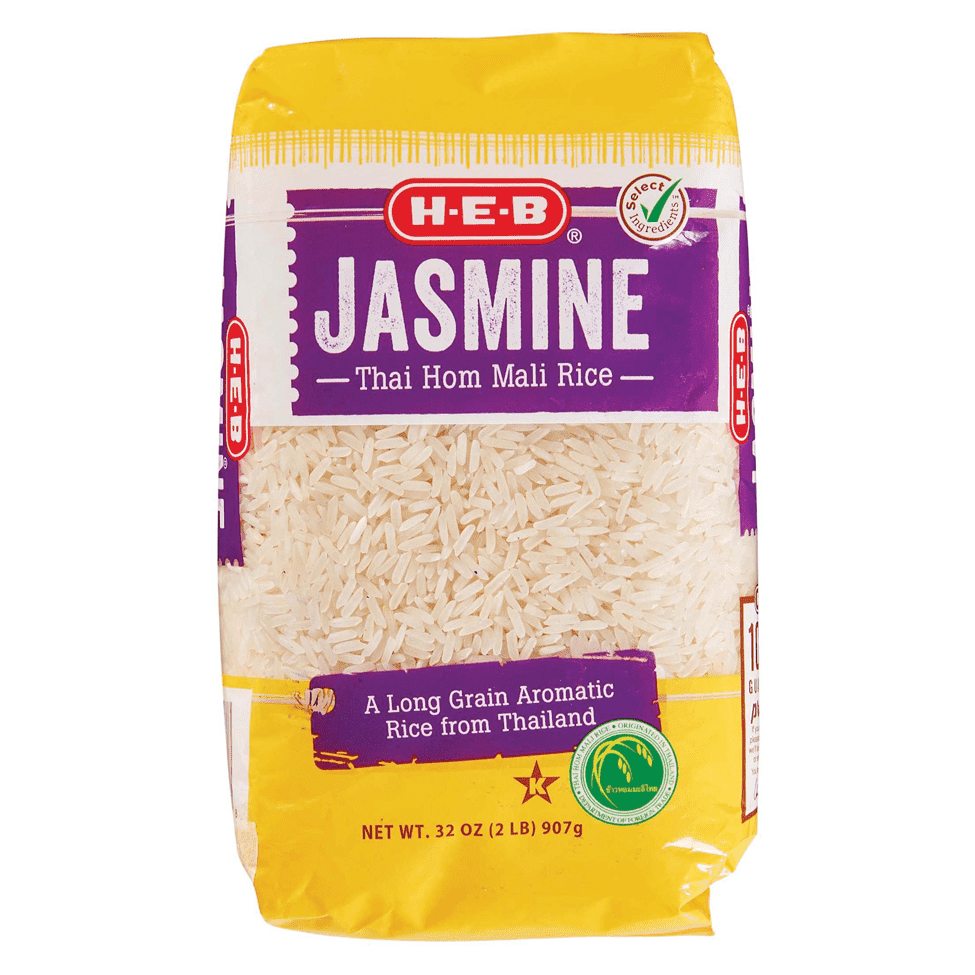
5. Black Rice
Medics opine that black rice has multiple health benefits such as improving one’s heart health, helping one lose weight and health, and reducing the risk of getting chronic illnesses like cancer
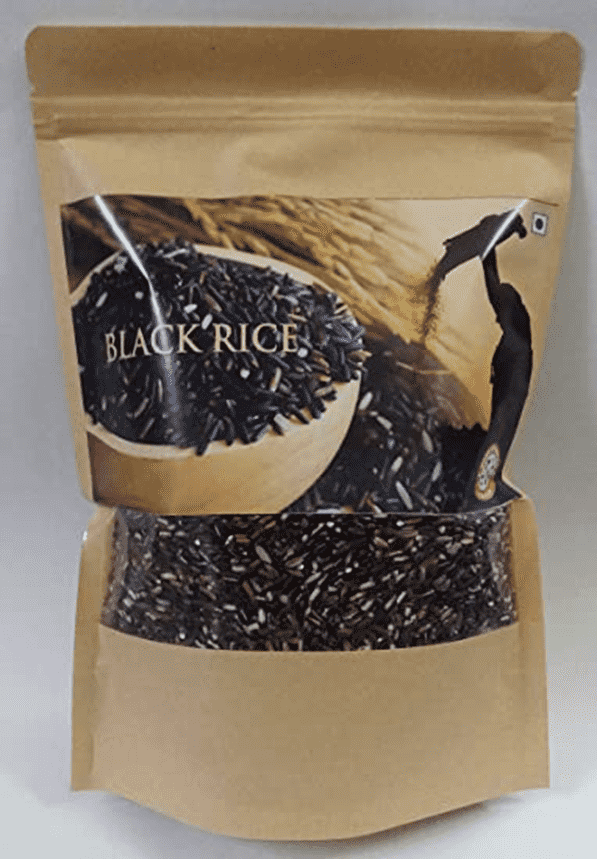
6. Red Rice
This variety of rice has many health benefits for consumers. For instance, dieticians say that it has rare vitamins like vitamin B1, calcium, and iron. No wonder, hematologists recommend it to anemic patients.
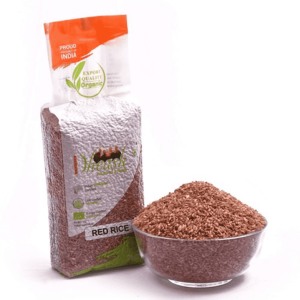
7. Yellow Rice
This rice variety consists of a wide range of nutrients such as potassium, fat, calories, and carbohydrates. Like other rice varieties, yellow rice does not contain any gluten. Notable yellow rice brands include Vigo, Mahatma, and Basmati Yellow Rice.
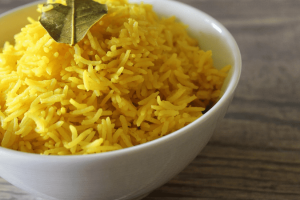
Best Rice for Eating
At this point, we all know that no varieties of rice suit for apparent reasons. Therefore, it’s about time we listed some of the best rice brands to include in your budget. They include:
1. Nishiki Rice
It’s a highly popular Japonica, medium-grain rice grown in California, United States. The good news is that the FDA has approved it as gluten-free; hence suitable for human consumption. Nikishi rice is particularly suitable for you if you prefer the rice variety that turns fluffy when cooked.

2. Basmati Rice
Shockingly, there are over 20 different Basmati rice types like yellow, white, and brown Basmati rice. All Basmati contains all the necessary basic nutrients needed by the human body such as fiber, proteins, and fat. Brown Basmati rice is especially more nutritious as it has whole grains.
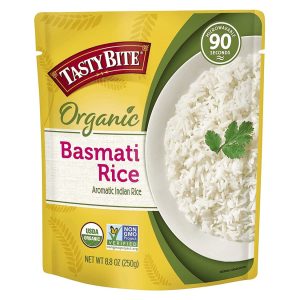
3. Mahatma Rice
Riviana Foods are a reputable manufacturer of this special rice variety. It contains fundamental nutrients like fiber, thiamin, and iron that your body desperately requires
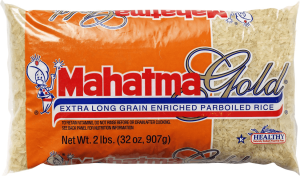
4. Uncle Ben’s Rice
The beauty of this rice variety is that the manufacturer adds no chemicals during processing. Additionally, rice is rich in minerals such as niacin, Vitamin C, potassium, and calories. Not to add that Uncle Ben’s rice is relatively pocket-friendly.

Side Effects of Eating Rice Containing Gluten
Perhaps you’re wondering why we keep insisting that you only buy gluten-free rice. Well, the reality is that gluten poses great health risks to the human body. Let’s shed more light on some of these side effects in detail.
1. Non Celiac Gluten Sensitivity (NCGS)
Over time people that ingest rice rich in gluten develop this condition. Additionally, consumers may experience mild symptoms like tiredness and joint pain after they’re diagnosed with NCGS.
2. Vomiting
In some rare cases, eating rice with traces of gluten may make you feel nauseous. It’s even worse if you’re suffering from celiac disease. Studies show that most gluten-intolerant consumers feel the urge to puke 2-3 hours after eating this type of rice.
3. Bloating
Multiple studies show that gluten tends to trigger severe bloating. People with an autoimmune disorder are bound to feel gassy hours after ingesting gluten-rich foods.
4. Severe Abdominal Pain
Research shows that 83 percent of gluten-sensitive consumers experience; either severe or mild stomach pain. Unfortunately, the symptom may persist for 2-3 days unless you seek instant medical attention.
5. Itchiness
Most gluten allergic people may experience a gluten rash after consuming rice with this compound. You’ll feel this overwhelming itchy feeling on the part of the skin where immunoglobulin will deposit itself.
6. Diarrhea
Gastroenterologists can concur that gluten might trigger either diarrhea or severe constipation. Studies show that 50 percent of gluten-intolerant consumers experience a running stomach after eating foods that are rich in gluten.
If you’ve been diagnosed with any gluten-related disorder, it’s best that you only eat a gluten-free diet. Failure to do some, your condition might worsen and eliminate the possibility of ever being gluten-tolerant.
Proven Health Benefits of Eating Gluten Free Rice
Are you among the people that doubt that a gluten-free diet is healthy? If so, let me take some time and educate you on the scientifically proven advantages of including gluten-free rice in your diet.
Helps One Lose Weight
Are you suffering from celiac disease? Hundreds of people gave credible testimonials of how eating gluten-free rice helped them reduce excessive body weight. However, that isn’t to encourage you to ignore other weight management tactics such as regular exercises.
Enhances Digestion
Credible studies prove that gluten-free rice helps to remedy most digestion problems. Whether you have NCGS or celiac disease, any gluten-free diet will come in handy.
Boosts One’s Bone Health
Interestingly most gluten-free rice varieties contain vital nutrients such as calcium and iron. All these minerals help to strengthen one’s bones over time. We recommend this rice variety, especially to any celiac disease patient.
Greatly Enhances Skin Health
Most gluten-sensitive people may develop gluten rashes hourly after eating gluten-rich food. Surprisingly, dermatologists advise their patients to consider a gluten-free diet to cure their skin-related problems.
Aids To Relieve Joint Pain
Gluten intolerant people especially those suffering from celiac disease may experience excruciating joint pain. Here’s some good news, gluten-free rice can go a long way in easing the pain.
FDA Regulation on Gluten-Free Rice
According to the Food and Drug Administration Agency (FDA) regulations, a product is only gluten-free if this protein is less than 20 %. For this reason, just because the manufacturer indicates that the rice is gluten-free, it may not be entirely true.
Certified medics advise you to research in advance before settling for a given rice brand. Furthermore, information on ingredients may go a long way in helping you to determine whether a given rice brand has 0% gluten or not.
Frequently Asked Questions (FAQs)
Does White Rice Have Gluten?
Natural white rice does not contain any harmful substances such as gluten. Therefore, this is the best type of rice for you, especially if you are gluten-sensitive.
Is Jasmine Rice Gluten Free?
Yes, it is! The exciting news is that the manufacturer gets rid of germ and bran when producing this kind of white rice. Therefore, the end consumer gets healthy carbohydrate-rich rice that is gluten-free and highly rich in calories.
Is Brown Rice Gluten Free?
Yes, it is! Brown is one of the healthiest rice that’s on the market right now. Mostly, this type of rice contains multiple micronutrients such as fiber. Conversely, manufacturers add ingredients some of which may have hidden gluten.
I Suffer From Celiac Disease. Does Rice Have Gluten?
Yes, it is! As hinted earlier, natural rice such as short-grain, medium grain, and brown rice contains no gluten. However, some manufacturers opt to process rice with gluten-rich products. Inevitably, you need to read all the rice manufacturing details such as the ingredients.
Conclusion
We all agree that gluten has little beneficial effect on the human body if any. Thus, we strongly encourage you to spare some time to read rice labels when out grocery shopping. Apart from that, ensure that all the other foods like broccoli, mushrooms, and meat are gluten-free.


